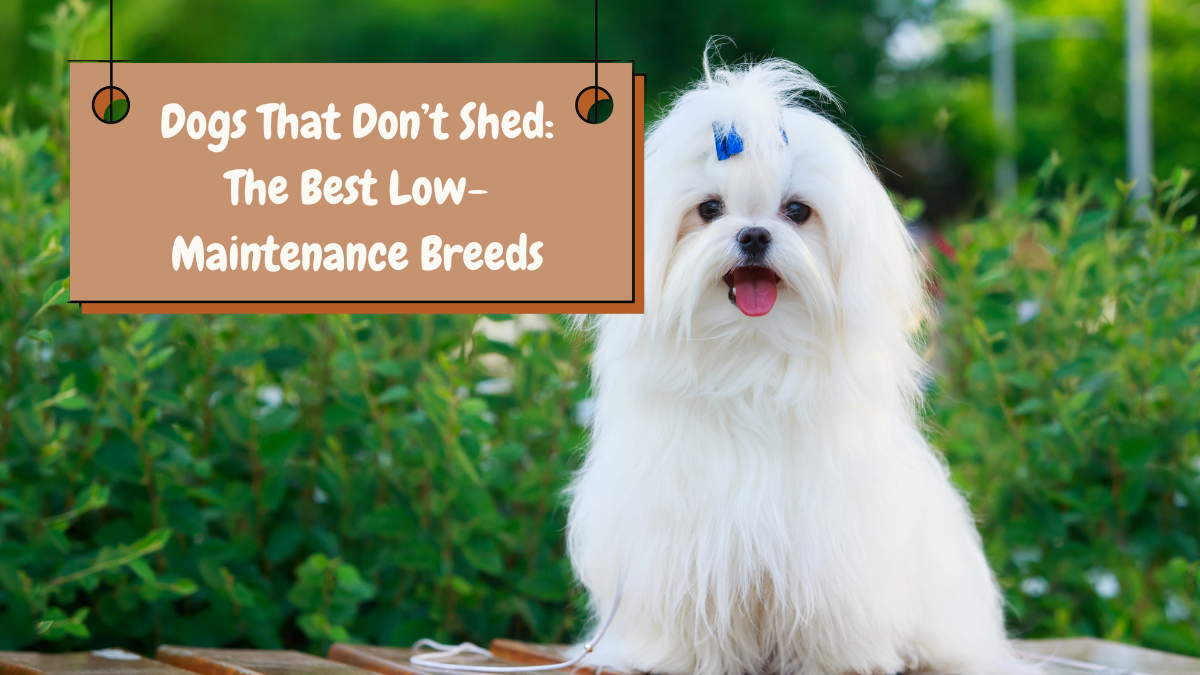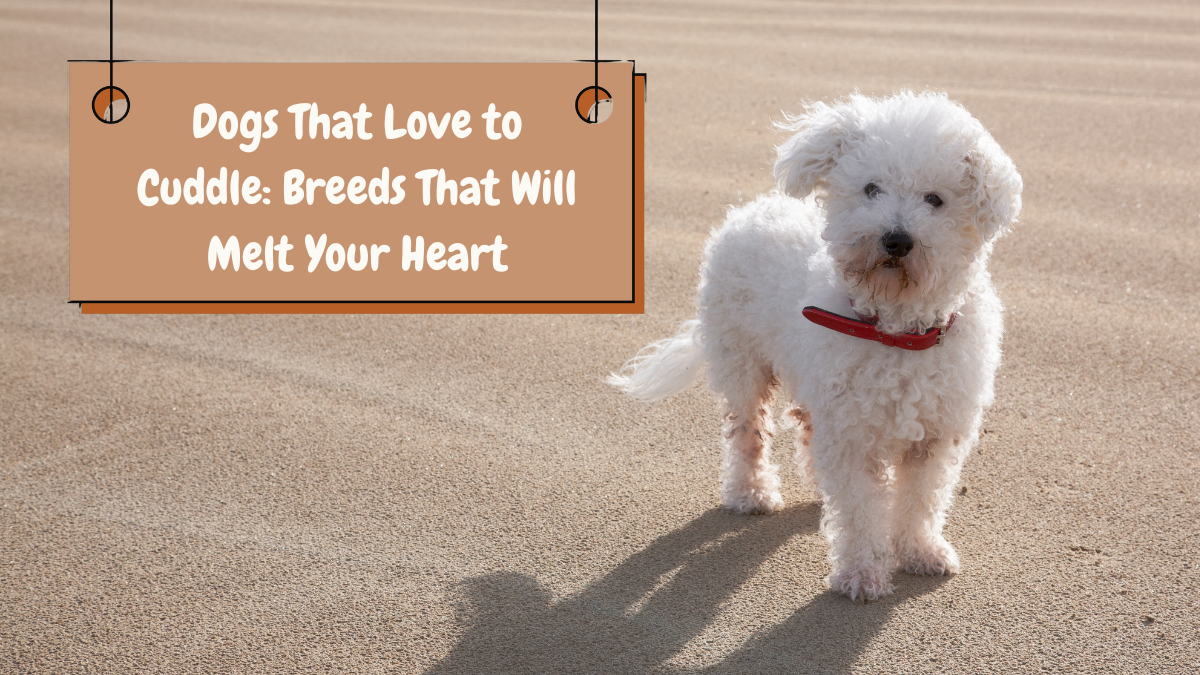Siberian Huskies are a popular breed known for their striking appearance, high energy levels, and independent nature. However, they are not the right fit for everyone.
Before adopting a Husky, it’s crucial to understand their unique traits and requirements to ensure they align with your lifestyle.
This guide provides a comprehensive overview of what you need to know before bringing a Husky into your home.
Understanding the Husky Temperament and Personality
Huskies are pack-oriented dogs with a strong sense of hierarchy, stemming from their history as sled dogs. They are friendly, outgoing, and typically good with people, including children.

However, they are not ideal guard dogs as they are more likely to befriend a stranger than to protect the home. Their independent and sometimes stubborn nature can make training a challenge, especially for first-time dog owners.
High Energy Levels and Exercise Needs
Siberian Huskies are highly energetic and require significant daily exercise to stay healthy and happy. They are best suited for active families who enjoy running, hiking, or engaging in other outdoor activities.
Without adequate physical and mental stimulation, Huskies can become bored and destructive, potentially leading to behavioral issues such as digging, chewing, or attempting to escape.
Exercise Needs of Huskies
| Activity Type | Frequency | Duration |
|---|---|---|
| Running/Jogging | Daily | 1-2 hours |
| Hiking | Weekly | 2-3 hours |
| Interactive Play | Daily | 30 minutes |
| Agility Training | Bi-weekly | 1 hour |
| Sled Pulling/Skijoring | During winter months | 1-2 hours |
Shedding and Grooming Requirements

Huskies have a thick double coat designed to protect them from harsh climates. This coat sheds heavily, especially during the change of seasons.
Regular grooming, including brushing and occasional baths, is necessary to keep their coat healthy and reduce the amount of hair around your home.
If you or your family members have allergies, a high-shedding breed like the Husky may not be the best choice.
Climate Considerations
Huskies are built for cold weather and do not do well in hot climates. If you live in a region with high temperatures, special precautions are needed to keep them cool, such as exercising during the early morning or late evening, providing plenty of water, and using cooling mats. Huskies are prone to heatstroke if overexerted in warm weather, so monitoring their activity is crucial.
Training Challenges
Training a Husky can be demanding due to their independent and sometimes stubborn nature. Early and consistent training is essential to teach them boundaries and commands. Positive reinforcement methods work best, as harsh training techniques can lead to defiance or fearfulness.
Due to their strong prey drive, it’s important to start training and socialization early, especially if you have other small pets at home.
Social Needs
Huskies are social animals that thrive on human companionship and interaction with other dogs. They can develop separation anxiety if left alone for extended periods, leading to destructive behaviors.
If you have a busy lifestyle with long work hours, a Husky may not be the ideal breed for you unless you can arrange for a dog walker or daycare to provide the necessary attention and exercise.
Cost of Ownership
Owning a Husky involves both initial and ongoing costs. Initial expenses include adoption fees, vaccinations, and supplies such as a crate, leash, and toys.
Ongoing costs consist of high-quality food, grooming, regular veterinary care, and potentially pet insurance. It’s essential to budget for these expenses to ensure you can provide the necessary care for your Husky.
Estimated Costs of Owning a Husky
| Expense Type | Estimated Cost (Annual) |
|---|---|
| Food | $500 – $800 |
| Grooming Supplies | $200 – $400 |
| Veterinary Care | $300 – $600 |
| Pet Insurance | $200 – $500 |
| Miscellaneous (toys, accessories) | $100 – $300 |
Preventative Care and Health Concerns
Regular vet visits, a balanced diet, and sufficient exercise are crucial to prevent common health issues in Huskies, such as hip dysplasia and eye problems.
Maintaining their physical health through an appropriate diet and regular exercise routine will help prevent obesity and related health issues.
Conclusion
Adopting a Siberian Husky is a significant commitment that requires time, effort, and resources. They are loyal, energetic, and affectionate dogs that thrive in active households.
However, they are not suitable for everyone due to their high exercise needs, grooming requirements, and potential behavioral challenges.
By thoroughly understanding the breed’s characteristics and ensuring your lifestyle matches their needs, you can provide a loving home for a happy and well-adjusted Husky.











